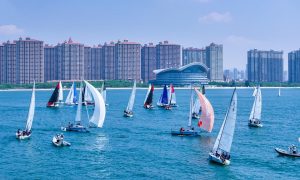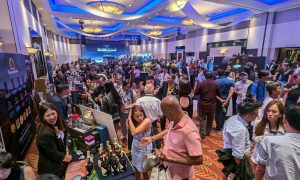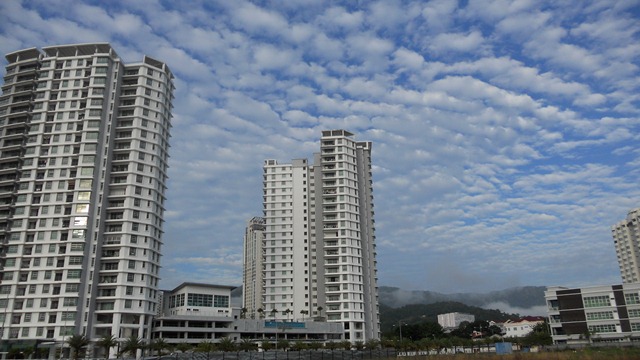
“I’ve never owned so many pairs of shoes before,” an expat friend told me over coffee recently. It’s easy to become addicted to shopping in Penang. Kuala Lumpur may be the ultimate shoppers’ mecca, but Penang is working hard to catch up. Jalan Kelawai now boasts over 1.6 million square feet of retail shopping in two megamalls – Gurney Plaza and the gleaming new Gurney Paragon. Between them, you’ll find over 40 shoe shops. City Mall launches in 2014, just up the road on Jalan Tanjung Tokong. The developers, and the prospective retailers, must be very confi dent about Penang’s economic outlook.
They’ve got good reason to be optimistic: the Malaysian economy boasted GDP growth of 4.1% in Q1 2013 (Henry Butcher Penang Real Estate Market Research Report 2013). Despite being Malaysia’s secondsmallest state, Penang is the third most developed and industrialised, and unemployment is very low (less than 3%). The growth seems unlikely to stall any time soon. Penang’s population is growing at an average annual rate of 2.11% and this year has passed the 1.6 million mark. Lots of new residents who need shoes. And somewhere to live.
The steady growth in both population and GDP inevitably leads to increased demand for residential property. Penang’s property market remains buoyant, despite a slight softening in the fi rst quarter of this year. Construction sites dot the landscape. Even my taxi driver asks me if I’ve bought any property recently. Leave the island for any length of time and you’re sure to notice changes when you return.
Nationally, the construction sector is the major driver of economic growth – 14.7% of GDP growth in Q1 2013. The residential subsector was a major contributor to this, with the major development happening in Klang Valley and Penang. In Penang, 75% of all property transactions were for residential property.
Foreign Domination?
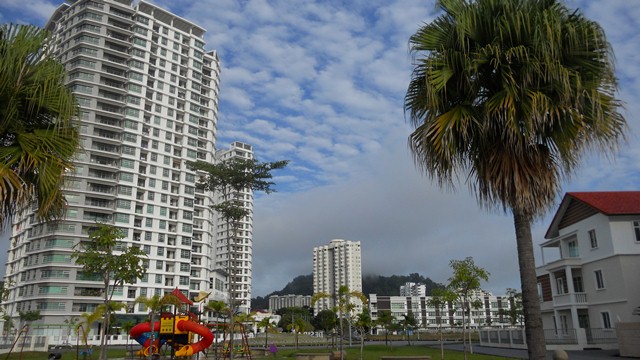
Many assume that overseas investors from China and Singapore are responsible for most of the property purchases. This may not be so. According to the Henry Butcher report, foreign transactions accounted for only 2.26% of total property transactions in 2011, down from 2.98% in 2010. Investor activity is undoubtedly strong, but it may be more local than international.
The Minister of Urban Wellbeing, Housing, and Local Government, Datuk Abdul Rahman Dahlan, notes that foreign buyers “do not really have a direct impact on property prices as they account for only 5.5 percent of the country’s total property owners.”
Supply and Demand
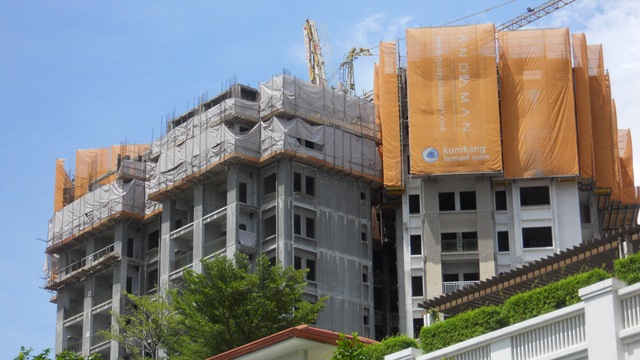
Penang Island’s land shortage limits the supply of residential property. Strong demand coupled with limited supply continues to put upward pressure on prices. Landed property in particular is in short supply on the island: 75% of all landed properties in Penang state are on the mainland in Seberang Perai, whereas 70% of the stratified residential properties are on the island.
The Henry Butcher report cites additional reasons for price increases in residential property. The costs of building are going up, partly driven by greater demand from homeowners for better building quality.
New Hot Spots
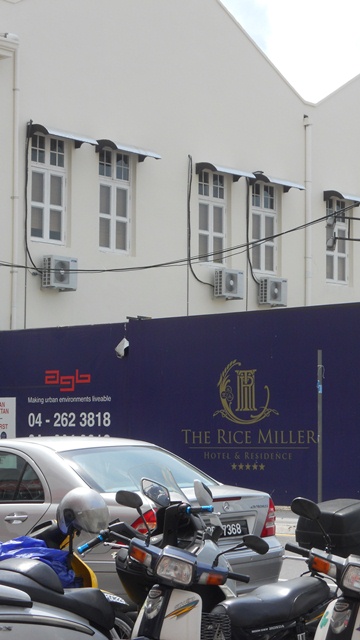
The second Penang bridge opens later this year, providing convenient access to the new township and industrial park at Batu Kawan. The Butcher report flags potential hot locations for property on the mainland around the intersection of the North-South Highway and the new bridge. On the island, the predicted hotspots are in the corridor between Bayan Mutiara and Tanjung Tokong.
The Penang Master Builders’ and Building Materials Dealers’ Association predicts that Penang’s construction and renovation industry will continue to boom, with RM6 billion worth of jobs expected over the next eight years. In line with this prediction, there are 23 residential property developments currently underway by key developers. The projects include several in the Bayan Baru area (near Bayan Lepas), The Light Waterfront; Setia V Residences, Gurney Drive; Scott Residence, Jalan Macalister; Rice Miller City Residences, Weld Quay; The Shorefront, Farquhar Street; The Latitude, Mount Erskine; Andaman Series at Seri Tanjung Pinang; Marinox, Tanjung Tokong; The Loft and Ferringhi Residences, Batu Ferringhi.
Heritage Properties – A Market of Their Own
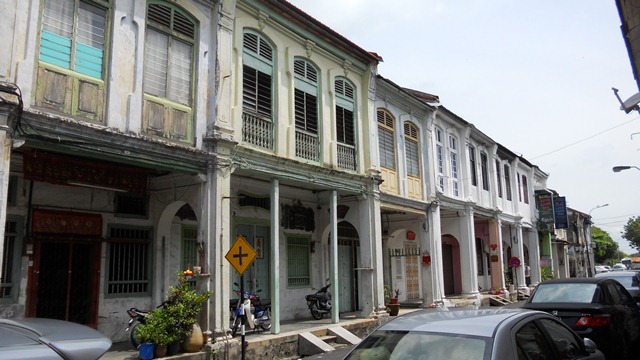
Prices of pre-war heritage properties in George Town continue to skyrocket. The supply of quality listings (those with original architectural characteristics in good locations) is very limited. Those who bought before 2008 have enjoyed immense capital appreciation. According to Henry Butcher Vice President Shawn Ong, prior to George Town’s listing as a UNESCO World Heritage Site (WHS), you could pick up a heritage property for between RM300 and RM600 per square foot (psf). Today, the average market price of pre-war properties ranges from RM800 to RM2,000 psf, depending on the style, size, location and condition of the property.
A common perception is that foreigners are buying up George Town’s heritage buildings. On the contrary, Ong states that the majority of buyers are Malaysians. A notable transaction late last year was the sale of a row of 30 pre-war shophouses in Nagore Road to Malaysian investors.
The lure of capital appreciation drives demand, but pre-war heritage properties provide an added attraction for investors. Rental returns now far outstrip those of other types of residential property. According to Ong, before 2008 a large pre-war building in the core zone would rent for RM5,000-8,000 per month. Now that figure is RM10,000-20,000. Not bad considering that the average annual return on residential property in Penang is 3.5%.
Buying Off the Plan for Big Rewards
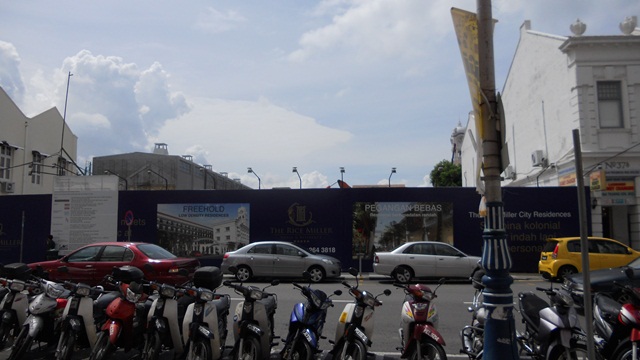
It’s not just heritage properties bringing big rewards for investors. If you’d bought a condo off the plan at The Brezza, Tanjung Tokong when it launched in November 2007, you’d have paid around RM350,000 for a 1,250-square foot apartment. The current resale value on the same apartment, in original condition, is around RM600,000. If you’d renovated it, the resale value edges closer to RM850,000.
When The Light Linear, at Gelugor launched in 2009, a 1,475-square foot condo fetched around RM530,000. The current resale value is around RM1 million, and that’s unrenovated.
The CEO of Malaysia Property Incorporated remains bullish on Penang’s property market, despite current global uncertainty. “In view of the continuous increasing price trend, one should purchase property now if financially permitted.” Sadly, I’m not financially permitted. I think I’ll go buy a new pair of shoes to cheer myself up.
Langkawi Property
Purchasing property in Langkawi has always been a bit of a mystery, what with the Malay Reserve Laws and the limited amount of freehold property available. To be sure, the most secure way to purchase a residence here is freehold property. However, for the most part, these offerings are limited to condominium developments, primarily in the Kuah area. Chogm Villa, The Istana, and Century Suria are all freehold properties that vary greatly in the quality of amenities, present condition, and also in the purchase price. The Perdana Condominiums in Kuala Muda also offer reasonably priced condominiums and, with current improvements, are of good value. Of course, the star attraction at the moment is The Laguna adjacent to the Perdana Condominiums. This completely revitalized development is setting the trend for luxury living in Langkawi, but with that trend comes the higher price tag.
There are also large private residences built by expats across the island that are on Malay Reserve land. They have built on land where a 99-year lease has been secured. This is where the bit of mystery comes in. If you are considering building on leased Malay Reserve land, it is all-important to retain the services of an experienced land attorney that is specifi cally familiar with both the land laws of Langkawi and the State of Kedah. By TC Gerrard
———————————————————————————————————————
What’s On The Market
If you’re in the market for a pre-war shophouse in George Town, there’s a number of listings, varying considerably in size, location and quality.
Pen Properties have a two-storey shophouse for sale in the core zone (Lebuh Pantai) for RM4 million. That’s RM893.85 psf. Why not buy two? For a cool RM4.8 million (RM960 psf) you can grab 2 fully restored shophouses on Lorong Macalister. The same money buys two in Chulia Street (core zone), with a psf of RM1500. See www.jenniferyeoh.com
Henry Butcher Malaysia (Penang) have several pre-war shophouses, ranging in price from RM780,000 to RM4.5 million. See www.henrybutcherpenang.com
Curbing Speculation
Datuk Abdul Rahman Dahlan argues that foreign buyers are not edging local buyers out of the market. He observes that they tend to buy luxury properties rather than the low-cost, affordable properties favoured by locals. The Penang State Government thinks otherwise, and has imposed minimum purchase prices for foreigners.
Effective 1 July 2012, on Penang Island, the minimum purchase prices for strata titled and landed properties are RM1 million and RM2 million, respectively. For permanent residents, the limit is RM500,000. For applicants under the MM2H programme, the minimum purchase price is RM500,000, although they are limited to a maximum of two properties.
Read more:
"ExpatGo welcomes and encourages comments, input, and divergent opinions. However, we kindly request that you use suitable language in your comments, and refrain from any sort of personal attack, hate speech, or disparaging rhetoric. Comments not in line with this are subject to removal from the site. "
















